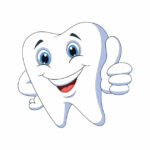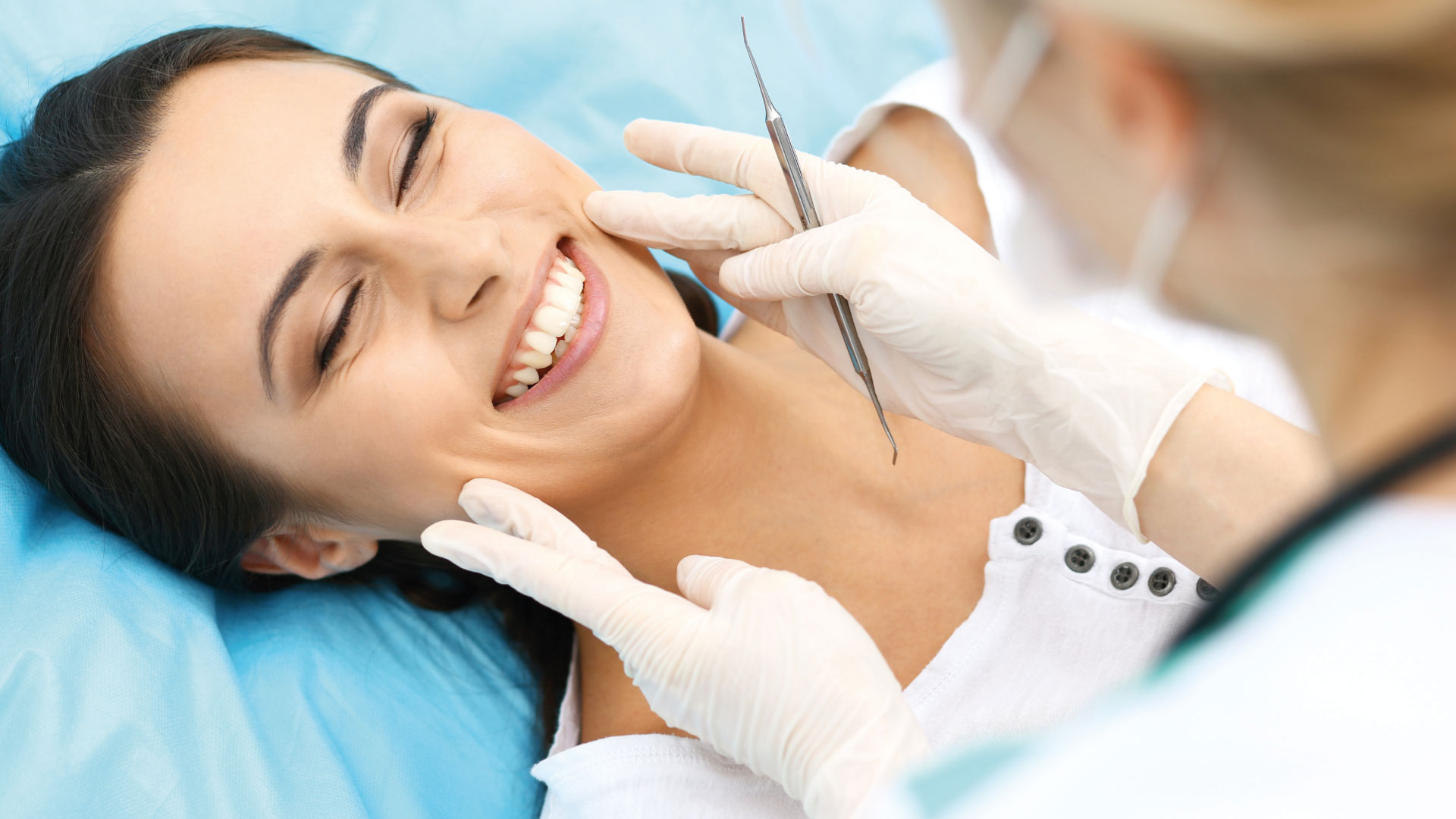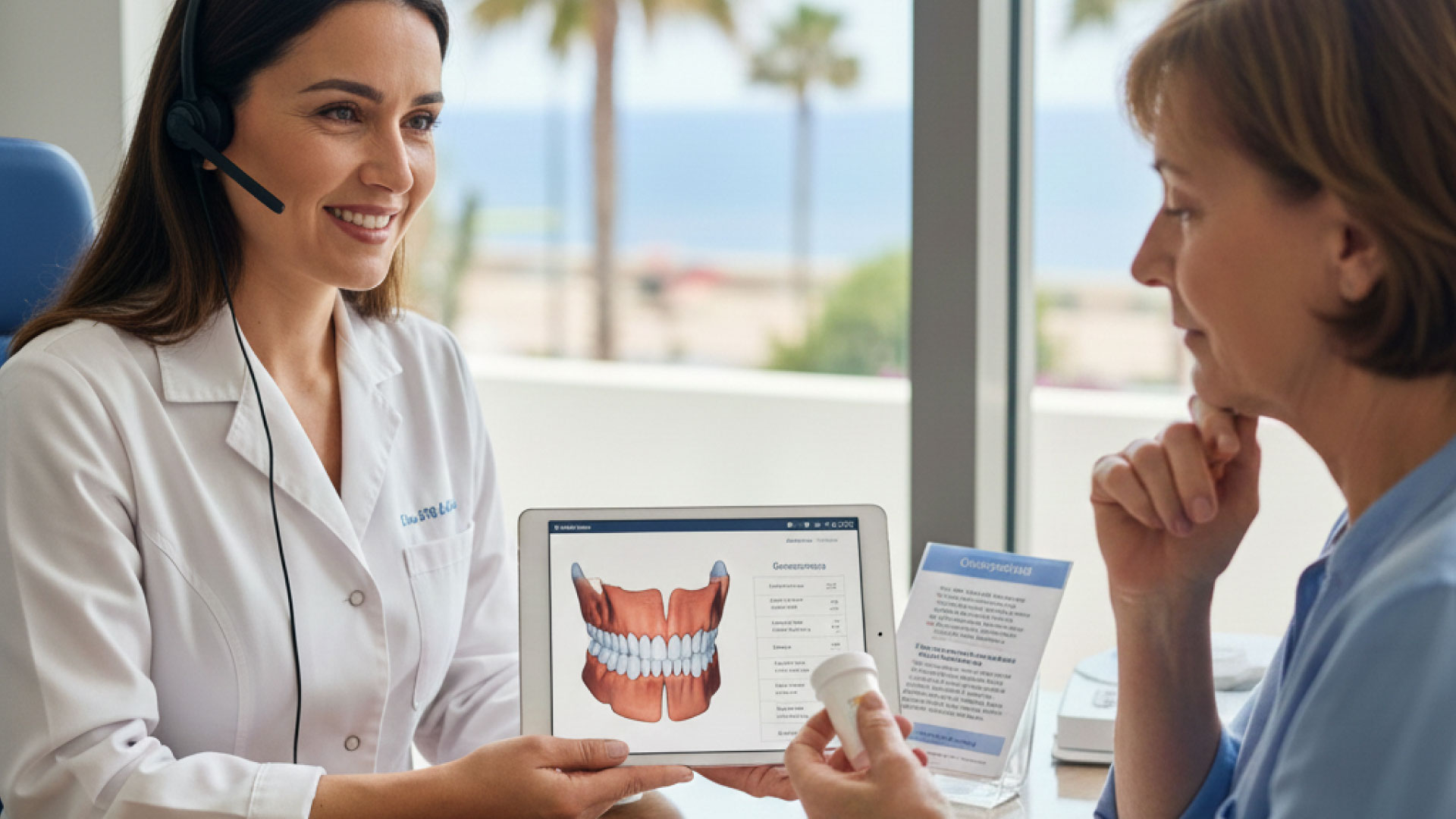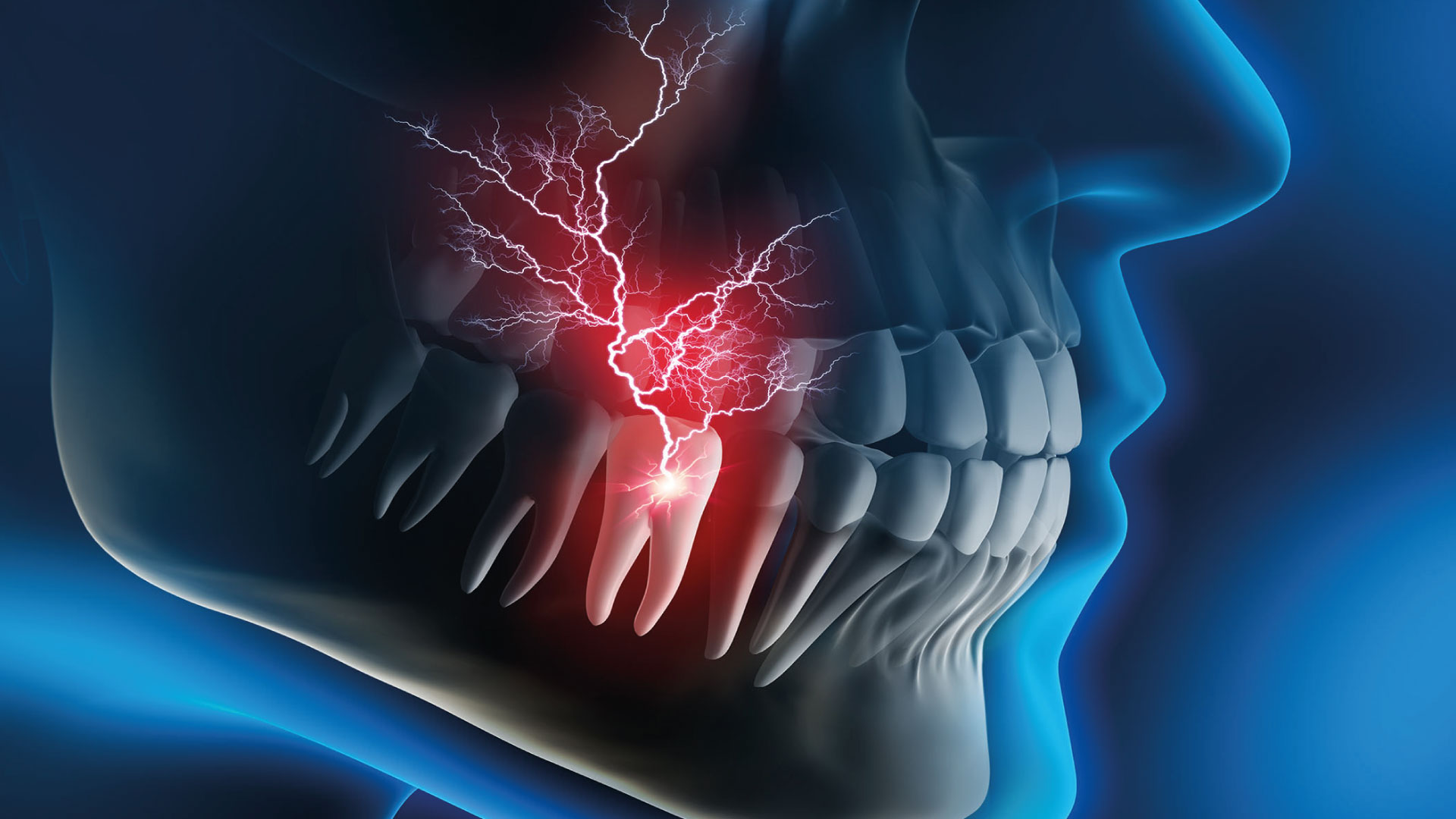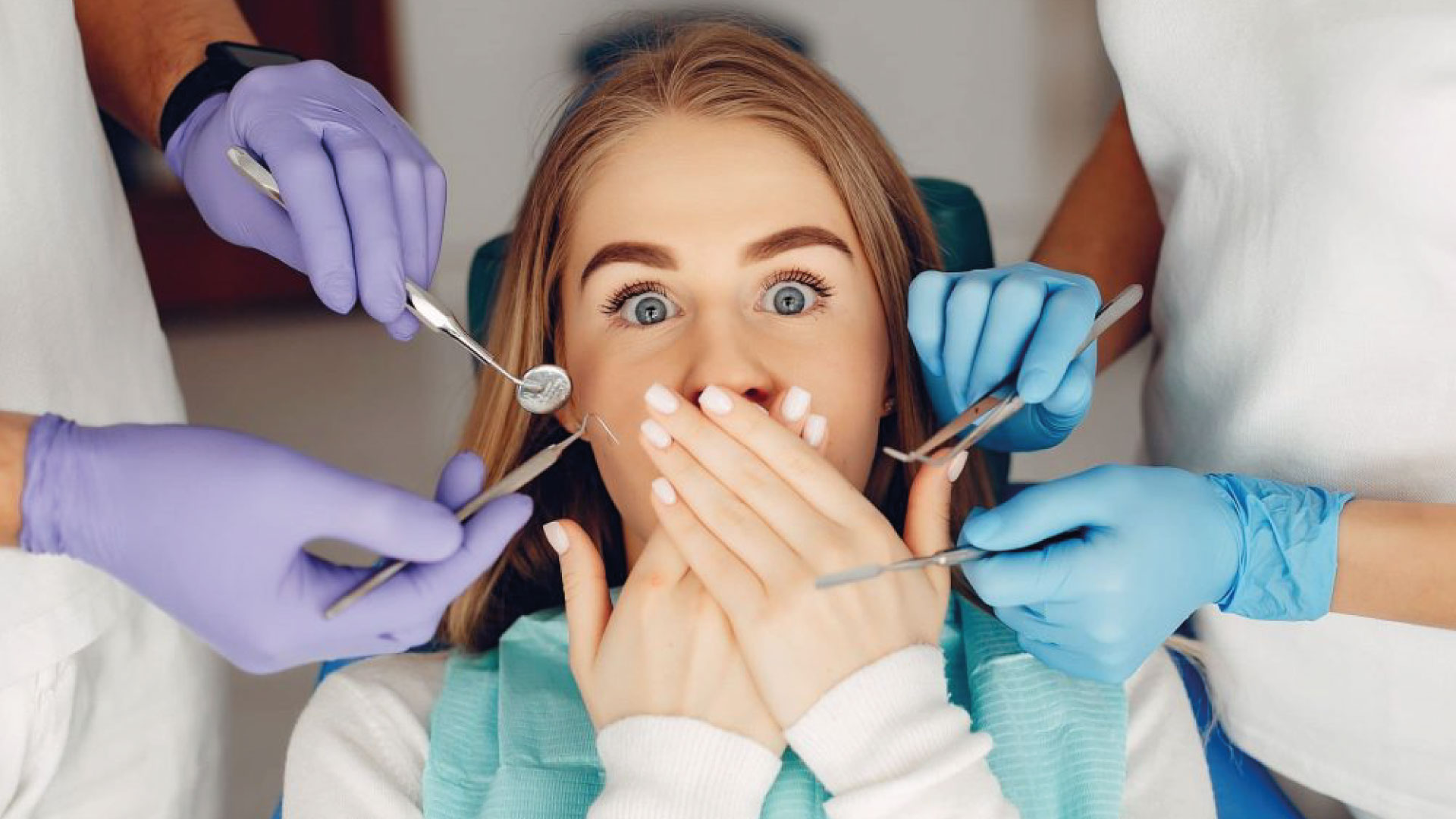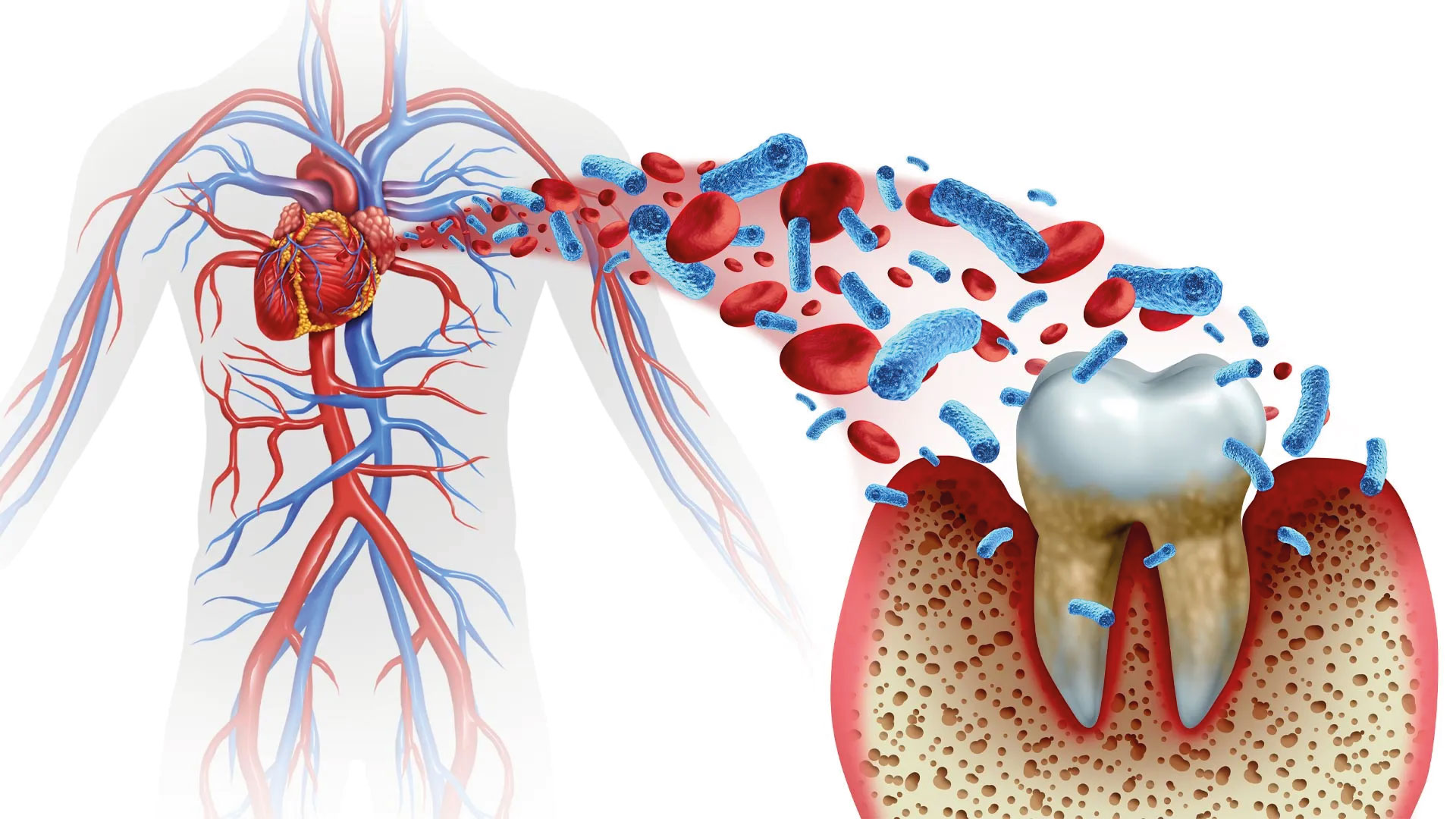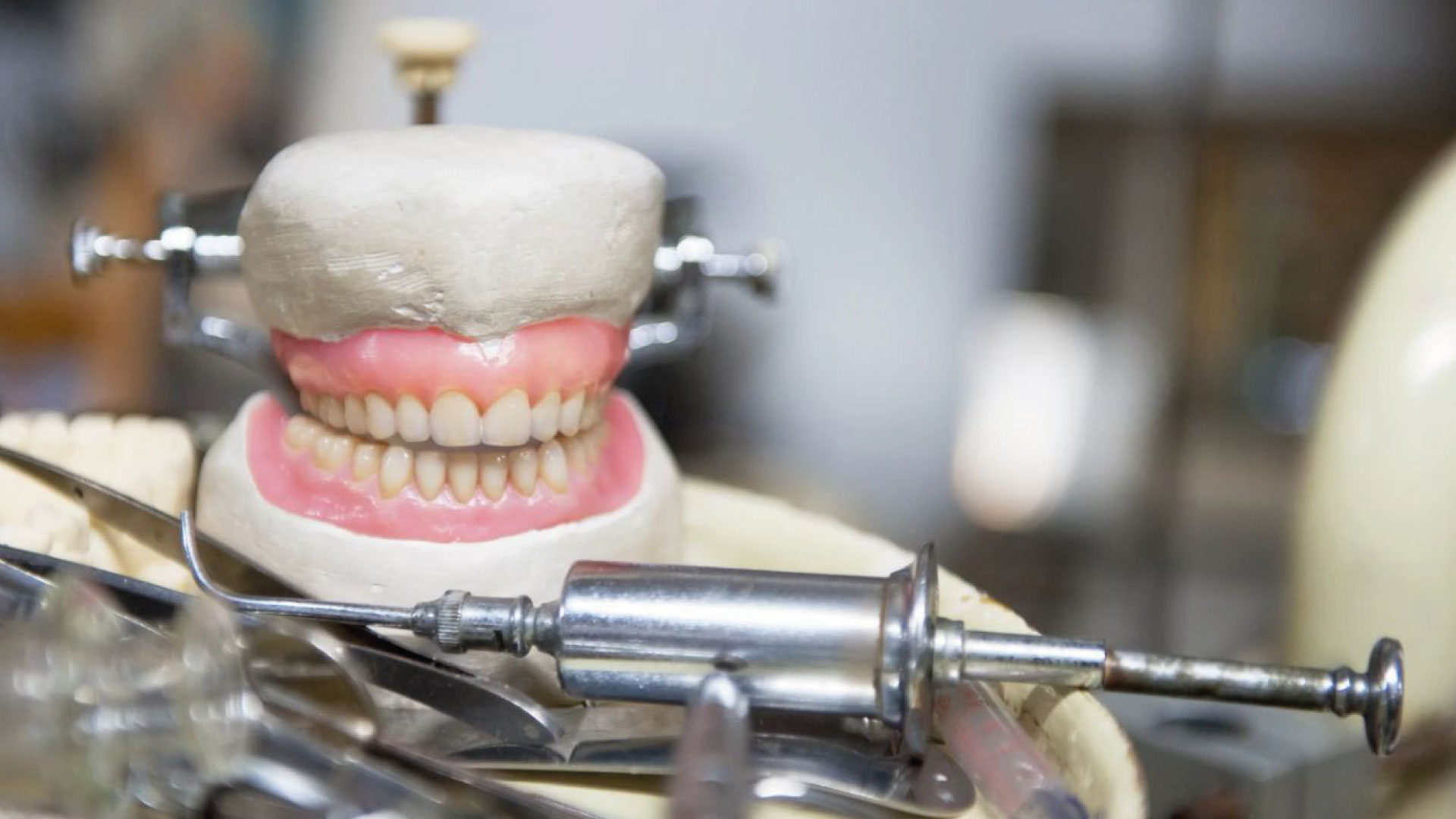Introduction: Our Mission in the Early Diagnosis of Oral Cancer
We are accustomed to thinking of the dentist primarily for routine care: a check-up, a cleaning, perhaps a filling. Yet, our mission at Dr. Lenia’s Dental Surgery extends far beyond restoring a smile. There exists a silent threat that, if not identified in time, can have devastating consequences: oral cancer. Hearing these words can cause alarm, but we are here to transform anxiety into action and fear into awareness. We want to emphasize a fundamental fact: if caught in its initial stages, oral cancer is, in many cases, highly curable.
For us, at Dr. Lenia’s Dental Surgery in Paphos, every visit is incomplete without a careful screening. We firmly believe that our crucial role lies in the prevention and early identification of any anomaly. Therefore, in this article, we will guide you through everything we should know about this pathology. Together, we will learn to recognize the signs, understand the risk factors, and, above all, grasp the vital importance of the early diagnosis of oral cancer. Do not wait for a symptom to manifest unequivocally; the protection of your health begins with our knowledge and your proactivity. The solution always starts with us, the moment we decide to address the problem with competence and preparation.
Understanding the Enemy: The Types of Oral Cancer
The first step in facing any challenge is to know it thoroughly. When we talk about oral cancer, we refer to malignant neoplasms that can develop in any part of the oral cavity, from the lips to the throat. It is not a single disease, but a group of pathologies that differ in location and, sometimes, in aggressiveness.
Squamous Cell Carcinoma: The Most Common Form
In the vast majority of cases (about 90%), oral cancer presents as Squamous Cell Carcinoma (OSCC). This type of tumor develops in the flat, thin cells, called squamous cells, that line the mouth and tongue. The most frequent sites are the floor of the mouth (under the tongue) and the sides of the tongue itself, areas that we inspect with particular attention during every check-up. It is crucial to understand that OSCC often does not immediately manifest as an obvious tumor but can start as a precancerous lesion—a signal that, if intercepted in time, drastically changes the prognosis.
Other Less Frequent Types
Although less common, there are other types of tumors that can affect the mouth and surrounding structures:
- Minor Salivary Gland Carcinomas: These develop in the small salivary glands found in the palate, tongue, and cheeks.
- Oral Melanomas: Rare tumors that originate from melanocytes present in the lining of the mouth.
- Sarcomas: Tumors that originate from the soft tissues or bone of the mouth.
The variety of oral tumor types confirms the need for a broad and meticulous diagnostic approach. Our clinical expertise allows us to distinguish these different manifestations, directing the diagnostic path in the most effective way right from the first observation.
The Roots of the Problem: Understanding Oral Cancer Risk Factors
Understanding the types of oral cancer is fundamental, but true prevention lies in comprehending what triggers its development. Identifying and eliminating, or at least reducing, oral cancer risk factors is the most significant step we can take, together with you, to protect your oral and general health. Most oral cancers are not random occurrences but the result of prolonged exposure to known irritants.
Smoking and Alcohol: The Main Culprits
We cannot be clear enough on this point: the use of tobacco in any form (cigarettes, cigars, pipe, chewing tobacco) and excessive, prolonged consumption of alcohol represent the primary oral cancer risk factors. When these two habits combine, the risk doesn’t just add up; it multiplies. The chemicals present in smoke and alcohol damage the cells of the oral mucosa, making them vulnerable to malignant mutations. Our advice is always to eliminate these factors, but in any case, if they persist, they make regular check-ups with us even more indispensable.
The Role of the HPV Virus and Sun Exposure
In recent years, we have witnessed a shift. Another important risk factor, especially for cancers affecting the back of the throat (oropharynx), is Human Papillomavirus (HPV) infection. This virus, which is widespread and often asymptomatic, can also be transmitted through oral contact. Although HPV is better known for cervical cancer, it is now a confirmed cause of many head and neck cancers. Furthermore, for tumors that develop on the lip, excessive exposure to UV rays without sun protection is a significant risk factor that we must not underestimate.
Daily Prevention: What We Can Do
Beyond eliminating risky behaviors, daily prevention includes adopting a diet rich in fruits and vegetables, using sun protection for the lips, and, above all, paying attention to our body’s signals. Although we are committed to performing meticulous screening, your cooperation in reporting any anomalies or in reducing these oral cancer risk factors is the foundation upon which we build your long-term health.
Don't Underestimate Anything: The Oral Cancer Signs We Look For
Once the risks are understood, it is essential that we learn to recognize the oral cancer signs that your body might be sending. The difference between an early and a late diagnosis often hinges on how promptly a patient decides to consult an expert after noticing something unusual. We invite you to consider your mouth not just as an organ to be cleaned, but as an area to be regularly inspected.
Persistent Lesions and Ulcers
The most common sign, and one we should never ignore, is the presence of an ulcer, sore, or wound inside the mouth or on the lip that does not heal within two weeks. Everyone experiences canker sores or small bite lesions, but these resolve quickly. If you notice a lesion that persists over time, especially if it’s painless, this is a primary warning sign. We will immediately assess the nature of this lesion to rule out or confirm the presence of oral cancer signs in their initial stage.
White or Red Patches (Leukoplakia and Erythroplakia)
Another set of vitally important oral cancer signs are mucosal dyschromias, or changes in color:
- Leukoplakia: Thick, white patches that cannot be easily scraped off.
- Erythroplakia: Bright red patches.
Although white patches are more common, red patches (Erythroplakia) are considered much higher risk for malignant transformation. Recognizing these precancerous lesions is one of the main objectives of our routine oral clinical examination.
Unexplained Pain or Numbness
While many oral cancers are painless in their early stages, persistent pain, burning, or a sensation of numbness (paresthesia) in an area of the mouth, tongue, or lip, without an apparent cause (such as a cavity or broken tooth), falls under the category of oral cancer signs. The same applies to difficulty swallowing, a feeling of a lump in the throat, or an unexplained change in voice. Do not hesitate to report any change to us, even if it seems minor or insignificant.
Our Protocol: The Importance of Oral Clinical Examination and Early Diagnosis of Oral Cancer
After understanding the signs to look for at home, it’s time to explain why professional intervention is irreplaceable. Our expertise lies in performing a meticulous and comprehensive oral clinical examination, which goes far beyond simply checking teeth. This is the pillar upon which the early diagnosis of oral cancer is founded and the most important service we can offer you at Dr. Lenia’s Dental Surgery.
What We Look For During the Visit
When you come to us, our screening protocol is systematic. We don’t just look; we touch and evaluate every surface:
- Visual and Tactile Inspection: We examine the lips, cheeks, tongue (top and bottom, asking you to stick it out), floor of the mouth, palate, and gums. We look for the lesions and discolorations we have described.
- Extra-Oral Palpation: We check the neck, jaw, and lower part of the mandible, palpating the lymph nodes to detect any enlargements, which could indicate a problem.
- Function Assessment: We evaluate your ability to swallow and move your tongue without difficulty.
This careful oral clinical examination does not require significant additional time during a routine visit, but the value it brings in terms of prevention is inestimable.
After Early Diagnosis of Oral Cancer: Paths to Treatment
Receiving a cancer diagnosis, even an early one, can be a difficult moment. However, this is where the timeliness of oral cancer early diagnosis proves to be the most powerful factor in your favor. Once the pathology has been confirmed, the next step is to begin a personalized therapeutic journey, which is defined by a multidisciplinary team of specialists (oncologists, surgeons, radiotherapists).
The main treatment options include:
- Surgery: Often the first approach, especially in the initial stages. Surgery aims to remove the tumor and a margin of surrounding healthy tissue. If the tumor is very small, the intervention is less invasive and guarantees a quicker recovery.
- Radiotherapy: The use of high-energy radiation to destroy cancer cells. It can be used alone, after surgery to eliminate any remaining cells, or in combination with chemotherapy.
- Chemotherapy: The use of drugs to kill cancer cells. It is usually reserved for more advanced tumors or in combination with radiotherapy.
It is essential to understand the direct correlation between the moment of discovery and the success of treatment. When we manage to intercept the tumor in an early stage, the chances of success and five-year survival are drastically higher, and we are often able to use less destructive treatments with fewer side effects on the quality of life.
Our commitment at Dr. Lenia’s Dental Surgery does not stop at diagnosis. Our task is to confidently guide you towards the best specialists, but the fundamental message we want to convey is this: oral cancer early diagnosis is not just a possibility, it is the key that opens the path to healing.
The Solution Starts Here: Don't Wait
As we have seen, oral cancer is a serious pathology, but it is not a death sentence. It is a challenge we can face and overcome, provided it is approached with the right awareness and, above all, with the right timing. Together, we have explored the types, oral cancer risk factors, and oral cancer signs not to overlook. We have also highlighted how our meticulous oral clinical examination is your most valuable ally.
The truth is simple: oral cancer early diagnosis is the determining factor that can radically change the prognosis, transforming a potentially difficult battle into a swift and less invasive victory. There is nothing more important than your peace of mind and your health.
Do not let doubts turn into regrets. The most effective cure is always prevention, and the best prevention is professional screening. If you are in Paphos or nearby, we invite you to include an oral cancer examination in your next routine visit.
Contact our reception today at +357 26 946863 to book your check-up. We are here to take care of you and to ensure that your smile is not only beautiful but, above all, healthy.
Don’t let doubts turn into regrets. Oral cancer early diagnosis is the greatest gift you can give yourselves. If you are in Paphos or nearby, we invite you to include an oral cancer screening in your next routine visit.
📞 To book an appointment, call our reception at +357 26 946863.

